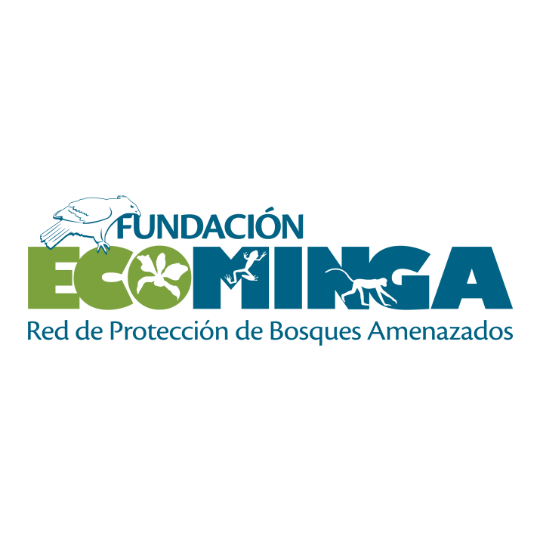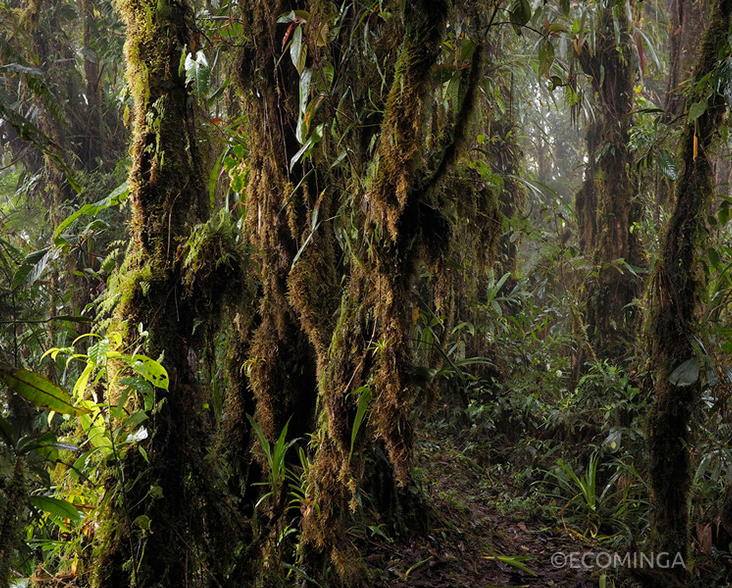History
Ecuador is one of the world’s most biodiverse countries. Despite covering just 0.2% of the Earth’s land area, it is home to an astonishing array of wildlife, including 10% of all plant species – around 4,600 of which are found nowhere else on Earth. Fundación EcoMinga was founded in 2005 by a concerned group of international scientists and conservationists, all dedicated to the ongoing protection of Ecuador’s remarkable biodiversity.
EcoMinga currently manage 10 reserves in the upper Río Pastaza watershed, an important biological corridor linking the northern and southern ranges of Ecuador’s eastern Andes. Since EcoMinga began working here, they and others have discovered close to 100 species, almost all of which are endemic to the watershed. Most of the reserves here adjoin national parks, which protect higher-elevation habitats; our partner extends protection down from 3,860m to 1,100m, elevations which are much more biodiverse but at the same time less protected.
EcoMinga also manage two other reserves in the Chocó region of northwest Ecuador: Dracula and Manduriacu. Both have been the site of important discoveries in recent years. One standout event occurred in 2020, when an entirely new rodent genus was described based on two separate species. Pattonimus ecominga was found in Dracula, while Pattonimus musseri was found in Manduriacu.


